Description
Whittington Castle
Whittington castle is well-known for its photogenic gatehouse and of late with Arthurian romance and the story of the Holy Grail. Yet Whittington’s true beauty is far greater than this. The castle was founded upon the site of a prehistoric earthwork that may have been a site of ancient Druidic worship. It is possible that the first citadel built here was the ancient hall of Pengwern, long sought for in the Marches of Shropshire. A long dark age poem that mentions the battle of Oswestry in 641 also tells of King Cynddylan and his life and death, as well as the destruction of his hall at the head of the marsh. It is quite feasible that this hall lay under the site of Whittington castle.
Pengwern was a Brythonic settlement of sub-Roman Britain situated in what is now the English county of Shropshire, adjoining the modern Welsh border. It is generally regarded as being the early seat of the kings of Powys before its establishment at Mathrafal, further west, but the theory that it may have been an early kingdom (or a sub-kingdom of Powys itself) has also been postulated. Its precise location is uncertain.
Whittington lies on the English side of Offa’s Dyke, which in this area was the Norman boundary between England and Wales. The castle of Whittington may have begun as a Norman manor house, although there is no evidence for this. The site was fortified as a castle for William Peverel, in 1138, in support of Empress Matilda, the daughter of Henry I against King Stephen, nephew of King Henry I, and claimant to the throne during The Anarchy. In the late 1140s, the lordship of Whittington, like Oswestry and Overton ceased to be part of England and became part of in the Kingdom of Powys and then became Welsh marcher lordship.
In 1165 Henry II conferred the castle on Roger de Powis, to whom he gave funds for its repair in about 1173. Roger was followed by his son Meurig (or Maurice), he was followed by his son Werennoc. A rival claim from Fulk III Fitzwarine (who apparently claimed it under the Peverils) was not recognised until 1204, leading him to rebel against King John. However, he was pardoned for this and the castle and lordship of Whittington, though not Overton Castle at Overton-on-Dee, Flintshire (now in Wrexham). The castle then descended in the FitzWarin family, all called Fulk, until the death of Fulk XI in 1420.
The castle was captured and destroyed by Llywelyn ab Iorwerth of Gwynedd in 1223. It was returned under the peace treaty, and was rebuilt in stone, replacing the tower keep of a motte and bailey with inner bailey with buildings along a curtain wall and five towers on a raised platform surrounded by a moat, beyond which there is an outer gatehouse or barbican. For the next half century, the castle stood as a bastion defending Shropshire from invasion by the Welsh, until the conquest of Wales by Edward I in 1283.
After the defeat of Llewelyn ap Gruffydd, the castle became a lordly residence for the FitzWarin family. However, after the death of Fulk VII in 1349, the castle went through a long period when the lords were almost always under age and usually absentees. Though some repairs were carried out in about 1402. The lordship was laid waste in 1404 during the rebellion of Owen Glendower, so that the lordship was worth nothing in 1407. However, the castle was not captured.
It had been occupied during the minority of Fulk XI by his mother and her new husband William Lord Clinton, during whose time there was a dispute with the people of Oswestry who had cut down oak trees in his woods. When the FitzWarin line until it died out in 1420, the lordship passed to Fulk XI’s sister Elizabeth, who married Richard Hankeford. In 1422, the castle was captured by escalade by William Fitzwaryn (presumably a cousin claiming the castle as heir male) and Richard Laken, but evidently soon restored to Lord Clinton. Their daughter Thomasia married William Bourghchier, thus carrying the FitzWarin peerage into the Bourchier family. Their grandson John Bourchier was made Earl of Bath, but his son John Bourchier, 2nd Earl of Bath exchanged the lordship and castle in 1545 with Henry VIII, for some former monastic estates nearer the main family home in Devon.
A detailed survey of the castle was made at the time of the exchange. This describes some of the buildings as ‘in decay’. The castle itself was probably never inhabited again. It passed through various hands to William Albany, a London merchant tailor, but he and his descendants (from 1750 the Lloyd family of Aston near Oswestry, who still own the castle) lived in Fernhill Hall. William’s grandson, Francis Albany, fell into debt and sold his wood in Babbinswood to Arthur Kynaston of Shrewsbury, who built a forge at Fernhill, using stone from the castle. In 1632, the Castle Gatehouse was let, the tenant being allowed to take ‘freestone out of the castle’. By the time of the English civil war, Whittington Castle was evidently no longer defensible and there is no evidence that it played any role in that war. In 1673, the castle (or rather the gatehouse) was let as a romantic dwelling to one Thomas Lloyd, a London merchant, probably retired. About 1760, one of the towers fell into the moat. This and other parts of the castle were used to make roads, probably including the new turnpike road to Ellesmere in 1776, during the minority of William Lloyd.

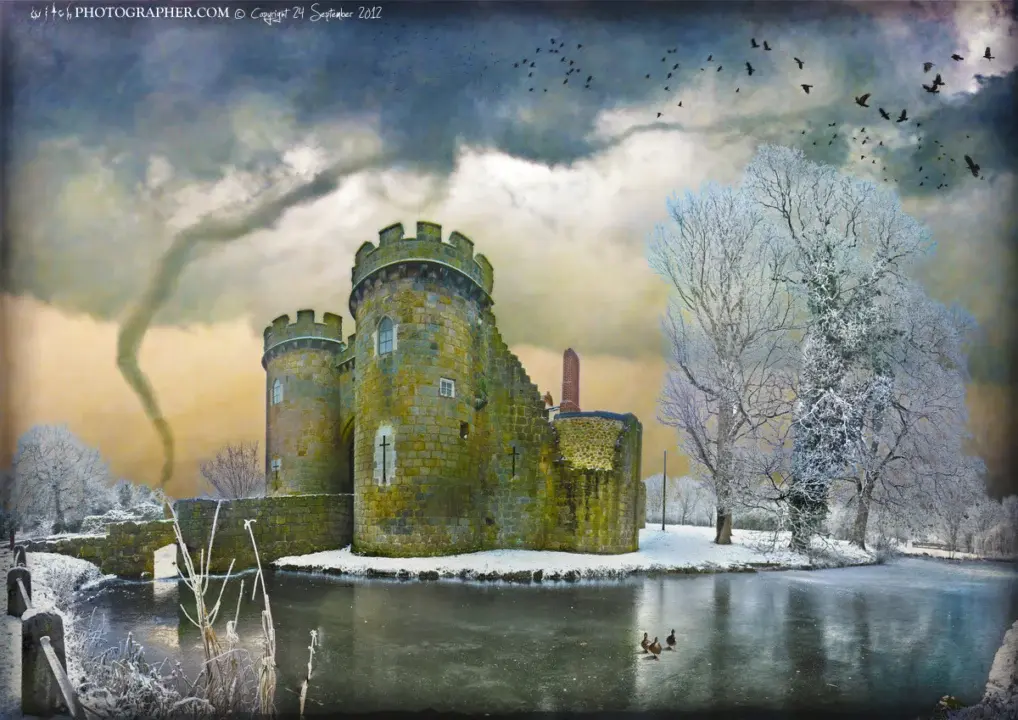
 Click a section to zoom in. These are
Click a section to zoom in. These are 













































































































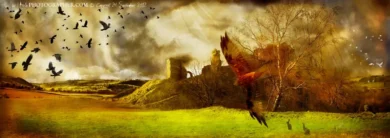
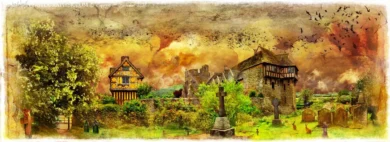
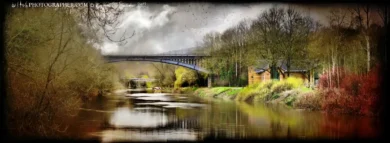
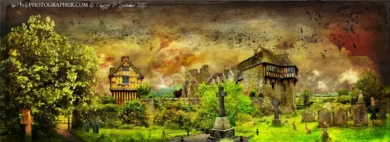


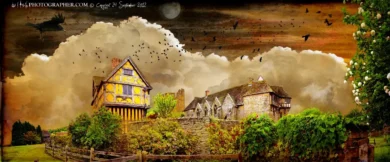
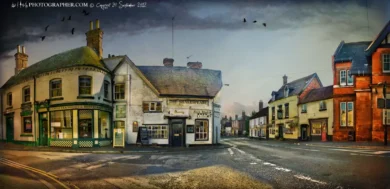

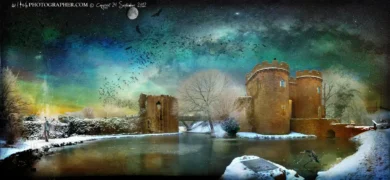
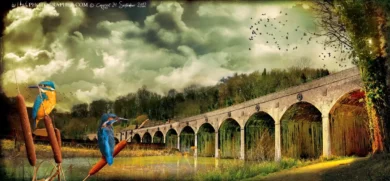


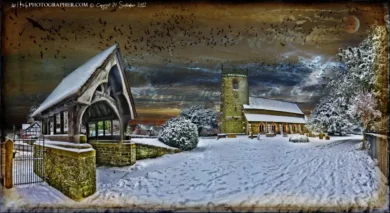

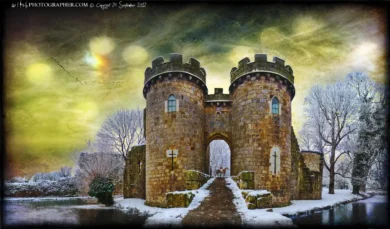
Reviews
There are no reviews yet.